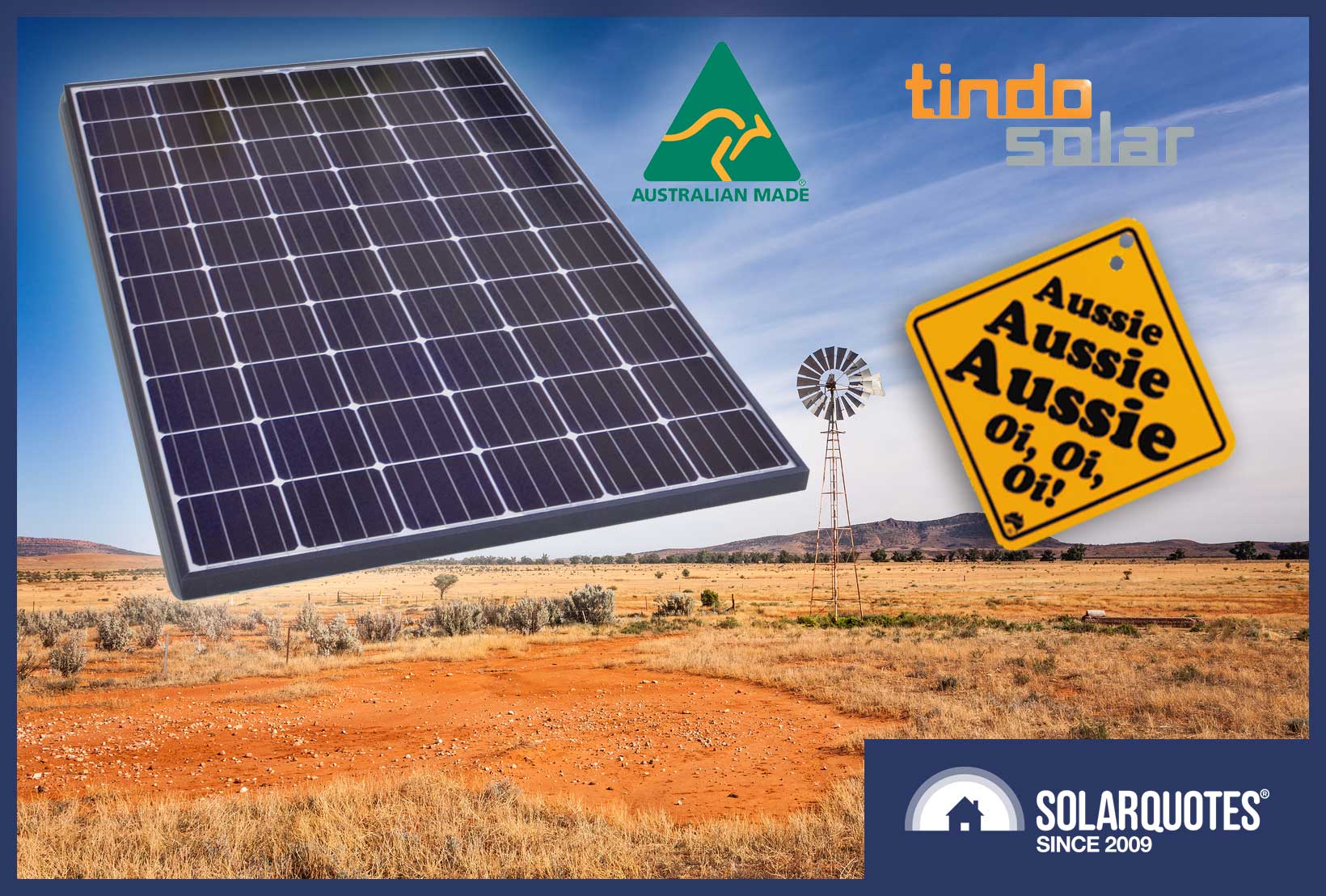
Lots Of Good News About Tindo Solar – Including An Annual Failure Rate As Low As 1 In 200,000 Panels
If you are in the market for some Australian made solar panels then I have great news for you. It involves Tindo Solar as they are the only Australian manufacturer of panels. If someone selling any other brand of panels says or suggests they were made in Australia, be super suspicious about that.
The news I have is so good it’s actually multitudinous1 and I am going to lay it on you in six parts:
- Around three months ago Tindo Solar began selling higher efficiency monocrystalline solar panels using PERC technology.
- At the same time they increased their product warranty from 10 to 12 years.
- You can now get a 25 year product warranty for panels bought direct from Tindo (or one of their authorized resellers) if Solar Analytics monitoring is installed.
- A high efficiency 300 watt PERC panel will be available soon.
- Tindo Solar did well in a recent Choice Magazine test of 11 panels, coming equal first with three others.
- Nearly quarter of a million solar Tindo Solar panels have been installed over the past 5 years with only 3 failures so far. If my maths is right, this means the annual failure rate for a Tindo panel may only be 1 in 200,000.
Tindo’s low failure rate is impressive and the reason why they can increase their product warranties, so I’ll go into the details of that first.
3 Failures Out Of 240,000 panels
Tindo Solar had Dr Andrew Thomson of the Australian National University investigate the company’s solar panels’ failure rate. He reported:
“After 5 years of production, Tindo’s installed module fleet now numbers approximately 240,000. From the international survey of module failures, we would expect 600 failures would be typical. Tindo has only suffered 3 module faults. The faulty modules were replaced directly at no cost to the customer.”
That’s an excellent result2. If I assume those 240,000 panels were installed at a constant rate over the five years that means they had only 3 failures in around 600,000 panel-years. This would make their annual failure rate only 1 in 200,000.
We Can’t Be Confident About Future Rates Of Failure
While 1 in 200,000 is a very low failure rate it is possible there were some failures Tindo Solar isn’t aware of. People could have let some defective panels slide for some reason even though they were still in warranty. Personally, I’d never let a defective solar panel slide on account of how I want solar panel companies to learn from their mistakes and continuously improve the quality of their panels to ever increasing heights of reliability3. But while it’s possible there were more failures, I am willing to accept there were only a total of 3.
Because their failure rate so far is only about 1 in 200,000 per year doesn’t mean this is the failure rate we can expect from now on. We don’t have enough information to conclude this will be their future fail rate. If we had 2.4 million solar panels with 30 failures — 10 times the actual numbers — then we could be more confident in saying, “Yeah, the annual failure rate does look like 1 in 200,000”. However, at the moment we can’t be confident and the future failure rate could be higher or lower. But one thing is certain and that is 3 failures out of 240,000 is a damn good result.
The Failure Rate Will Increase As Solar Panels Age
An annual failure rate is 1 in 200,000 thousand doesn’t mean it will stay at that rate as the solar panels age. This is the rate with an average panel age of two and a half years and we can be pretty sure it will be higher when they are 20 years old. But in the short term it may actually improve. This is because some problems will cause a panel to fail while it’s still young. This “bathtub curve” diagram from the wunderbar4 German Fraunhofer Society shows how solar panels have a relatively high rate of failure early in life, a long period of low failure rate, and then increasingly fail as they enter old age:
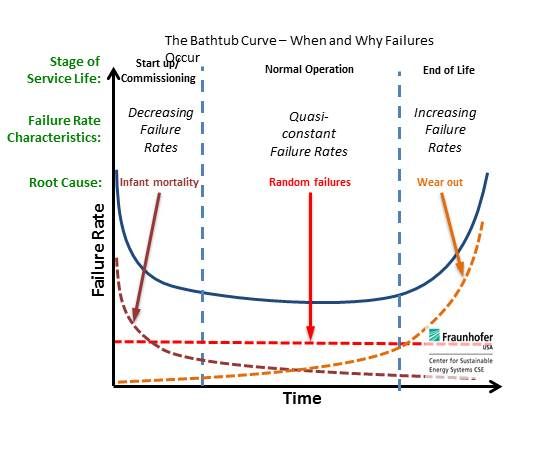
(Image: Fraunhofer)
All Tindo Solar Panels On Your Roof Will Probably Last 25 Years
If we conservatively assume the panel failure rate doesn’t remain low for a long time but instead doubles every 5 years in the following way:
- 1 in 200,000 in the first 5 years
- 1 in 100,000 from 6 to 10 years
- 1 in 50,000 from 11 to 15 years
- 1 in 25,000 from 16 to 20 years
- 1 in 12,500 from 21 to 25 years
Then the average annual rate of failure in the first 25 years would be around 1 in 6,450 which would make the total chance of a panel failing in that time 1 in 260. In other words, it would have a 99.6% chance of lasting 25 years. With those assumptions, if you put 22 Tindo Solar panels of 300 watts on your roof to make up a 6.6 kilowatt system, then the probability of them all lasting for 25 years would be 91.8%. Those are pretty good odds.
I’m not saying these will be the actual failure rates. I’m just playing with the numbers to show that even assuming a much worse failure rate over time, it is highly likely that all the panels will still be operating after 25 years. The real survival rate of Tindo Solar panels could be far better, especially if they follow the bathtub curve and have a long middle-age with a low failure rate.
Tindo Solar Panels Are Now PERC
Tindo Solar has upgraded their production capabilities and can now make PERC panels. There’s no need to be too worried about what exactly PERC is. There are only two things you really need to know:
- It improves the efficiency of solar panels, and…
- Every explanation on the internet of how PERC works is wrong5.
When I say every internet explanation is wrong that may possibly include my own explanation – which you can read here. But in my defense, I did put a lot of effort into trying to make mine less wrong than the others. (While skillfully not mentioning the bits I really did not understand at all.) The PERC panels use monocrystalline silicon solar cells, which are also called monosilicon. These allow for higher efficiency than lower cost polycrystalline (polysilicon) cells. The combination of PERC technology and monocrystalline cells enables these solar panels to have a minimum capacity of 295 watts and an efficiency of 17.7%. Their retail price should be around $1.12 a watt.
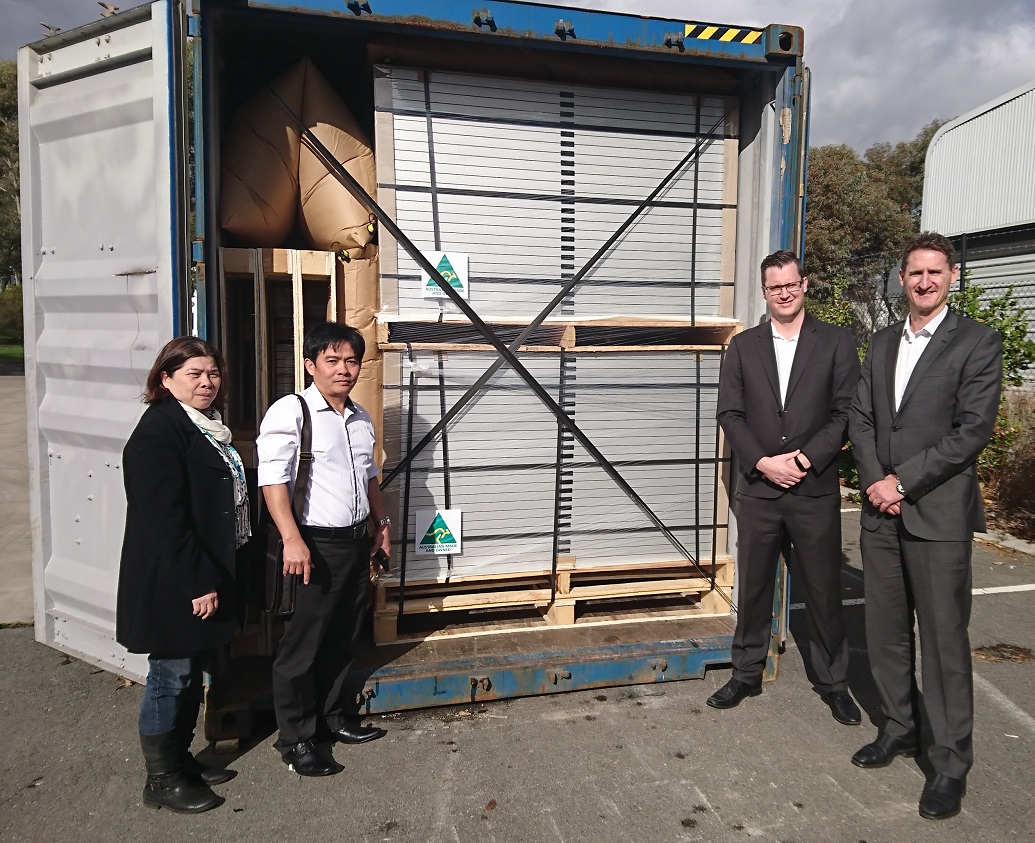
If you have ever wondered how solar panels are packed in a cargo container, this is how it’s done. (Despite the number of people shown in the picture, you will probably need more than four to lift that.)
Tindo Has Increased Its Product Warranty From 10 To 12 Years
Because they have a low failure rate, when Tindo Solar started selling PERC panels around 3 months ago they increased their product warranty from 10 to 12 years. The product warranty covers defects in the construction of the panel and is different from the 25 year performance warranty almost all solar panels carry. It is considered more useful and more important than the performance warranty, although in my opinion under Australian consumer law the performance warranty is more important than many panel manufacturers seem to think it is.
While a 12 year product warranty isn’t as good as the 25 years LG Solar or SunPower offer, it is better than 10 years. And on the subject of 25 year product warranties…
You Can Now Get A 25 Year Product Warranty With Tindo Panels
If your Tindo PERC monocrystalline panels are purchased directly from Tindo or one of their authorized resellers and you install Solar Analytics monitoring then Tindo Solar will give you a 25 year product and replacement warranty. So for a quarter of a century, if a panel doesn’t perform as it should, Tindo will send someone around to replace it at no cost to you.
The CEO of Tindo Solar, Shayne Jaenisch, has told me:
“If our PERC Mono Modules are sold direct by Tindo or by one of our Authorised re-sellers, we offer a upgraded Product and Replacement Warranty of 25 Years. To the best of my knowledge, we are the only Company that insists Solar Analytics Monitoring being included on every system we sell to ensure the actual production vs the estimated production is measured and recorded to provide performance transparency and benchmarking from day one. With this data we are comfortable with the increase in warranty as we track all of our module performance.“
So if the solar panels are bought through official channels and you have Solar Analytics monitoring installed — a useful thing to have — then you can have a 25 year product and replacement warranty. Tindo says they have not yet updated the warranty on their site to avoid confusion if people have bought solar panels from unauthorized resellers.
Tindo’s Highest Efficiency Solar Panel
Tindo Solar’s highest capacity panel is 300 watts with an efficiency of 18% and is available now.
For homeowners, efficiency usually isn’t an important issue unless they have a limited amount of suitable roof space. But improved efficiency is still a good thing because if fewer solar panels are required for the same total capacity it cuts down on the amount of labour and roof mounting hardware required and this helps keep installation costs down.
Tindo Solar Shared Top Place With 4 Panels In Choice Magazine Testing
Recently Choice Magazine tested 11 solar panels and Tindo panels tied for first place with 3 others. I’ll provide you with a link, but first warn that you have to subscribe to Choice Magazine to get the juicy information. But subscribing can be a good idea — if you’re the sort of person who buys things. Assuming you can access it, the results can be found here. I’m not even sure I can tell you the panels that shared first place with Tindo Solar without Choice Magazine getting mad with me, so I’ll just say the three other panels definitely weren’t JAy Solar, Kinko, or Trinuh.
While Choice Magazine gives some information on how they evaluate solar panels, they don’t provide enough for me to be able to say a panel they gave a score of 86% is significantly better than one they gave 84%. But I can say it is a good sign Tindo Solar received equal place with the 4 highest scored panels out of the 11 tested.
The Only Australian Solar Panel Manufacturer
If you want Australian made panels, then Tindo Solar is your only choice. If you buy them you’ll also be supporting high technology manufacturing in Australia. Apparently it’s very high technology because Tindo’s website gives the following information about their production line:
And here’s a picture of what they call their fully automated line:
All I can say is they’ve got some damn realistic looking androids working for them. Handsome too.
Tindo Are A Good Choice If You Want A Premium Panel
Looking on our whizz-bang solar panel comparison table and sorting by price, you can see that Tindo Solar are the 8th most expensive panel (that we know of) in Australia, and the third most expensive manufacturer after Sunpower and LG:
The latest efficiency and warranty improvements combined with the great Choice score make Tindo Solar panels a serious contender for those looking for a premium PV module. Especially if you want to support that rare beast that is local, advanced manufacturing.
Footnotes
- From the Latin, meaning “more than one tud”. ↩
- but not exceptional for high-end solar panels — provided I can trust what some other manufacturers have told me. ↩
- And not at all because I am so tight fisted that I can fuse hydrogen atoms when it’s my turn to buy a round. ↩
- German for “excellent pub”. ↩
- Okay, maybe not every explanation is wrong, but most say PERC is some kind of reflective layer and that is so wrong it’s not even correct. ↩

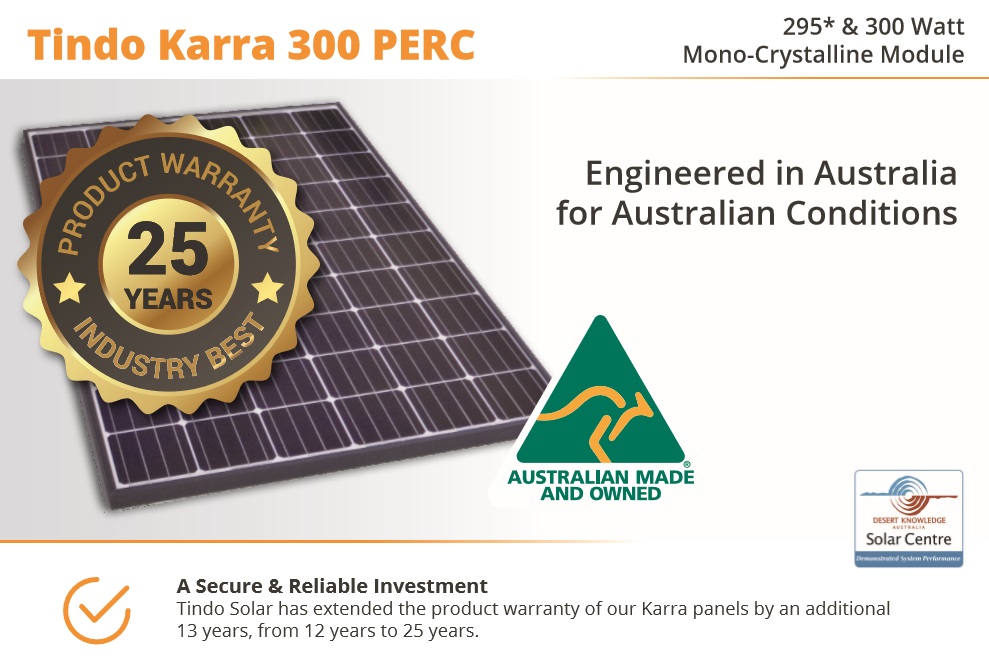

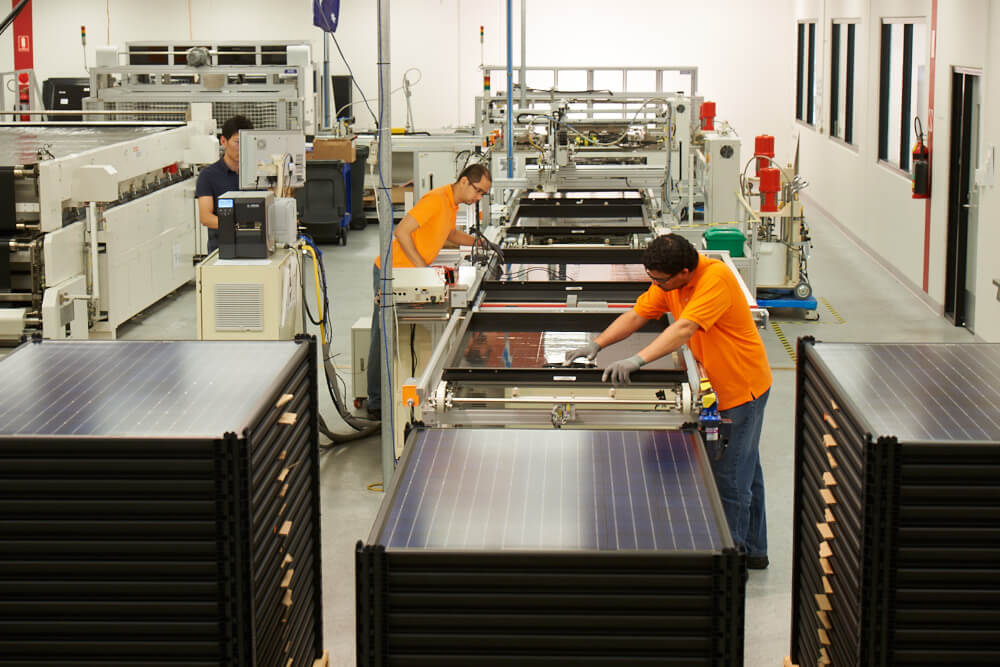
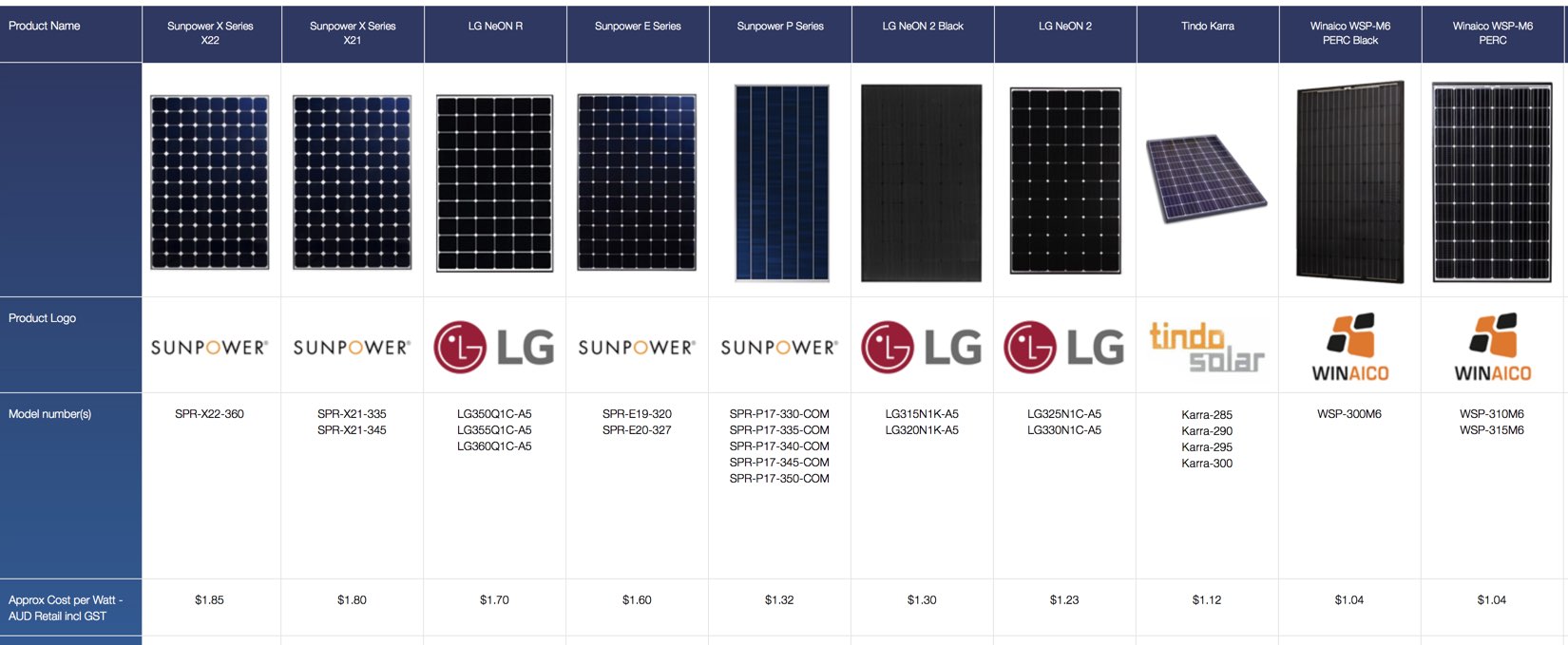
 RSS - Posts
RSS - Posts



That is great news Ronald but as a “glass half empty” kind of guy (me, not you) what’s the betting they get bought out by an overseas company as soon as they become established as so often seems the way in Oz ?
Thanks for ruining my day with an injection of reality.
Just when I was so proud and excited to learn of an Aussie manufacturer of solar panels.
My 2 cents worth won’t help then.
If the SA govt. doesn’t get moving very very soon with it’s various solar/storage options Tindo might have to go looking for a buyer.
Good news they have a 300W panel now though as a lot of those housing trust places have small roofs.
As far as I know they have already been bought out by a caravan company.
I have had a Tindo system for about 5 years and whilst the panels have been excellent apart from the wiring loom to the on board inverters not having the plugs installed correctly and the initial inverters being the terrible Solarbridge which have now gone out of production being replaced with the Enphase ones, hopefully these will last a tad longer, I am happy with the performance. However it is no better than a cheap and cheerful Chinese Eoplly panel system which we first installed 9 years ago using a Sunnyboy 1.1kw inverter. This system is 6 x 170w panels, compared to the 8 x Karra 250w Tindo panels, The cheap system produces half the amount of the Tindo system, EVERY day. given that they are 1020 total and the Tindo system is 2000 but using individual inverters and the Cheap Chinese system is 4 years older one would have hoped that the newer Tindo system was far more efficient and would produce more. The only thing that may be different is that the cheap system is mounted on the house and the angle may be better than where the Tindo panels are mounted, they are on the shed and the roof angle is much flatter. We bought the Tindo panels simply because we wanted to buy Aussie, NO other reason.
Totally understand the desire to support local manufacturers but my loyalty wanes when more affordable suitable options are available.
I expect you are correct with the array angles affecting output. High Summer you should get more from the flatter shed.
I have had Tindo panels for about 5 years – I visited their factory, purchased as they seemed more robust to actually last 25+years! AND to support local manufacturing. No panel problems, only issues with microinverters – 2 replaced under warranty – and Tindo have now changed supplier of their microinverters.
Hi,
I just spoke to SolarPro about our upcoming installation. I mentioned the Tindo panels. They claim that Tindo use Chinese cells and just assemble them here into panels. Any truth in that?
Philip,
Is it true that Tindo assemble solar panels from 3rd party cells? Yes. Many solar manufacturers do.
I’d highly recommend going to Tindo and seeing their operation. To belittle the advanced manufacturing and quality control they’ve got going there by saying they *just* assemble panels is poor form in my humble opinion.
Best Regards,
Finn
Bought 8 then another 3 panels from Tindo 4 to 5 years ago, installed by a solar-registered local electrician. He now advises me that the backs are coming off the panels ie they are falling apart and I have wires directly on the roof. Am contacting Tindo about this disaster. Be warned.
Fiona
Please keep us posted Fiona how you go with the warranty issue.